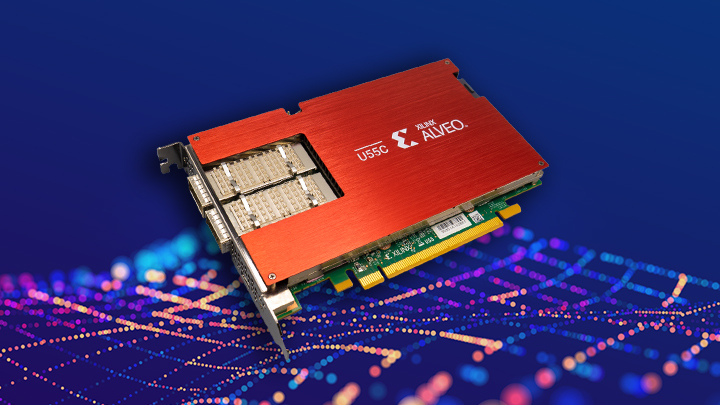
Xilinx, Inc., a leader in adaptive computing, today announced at the World Supercomputing Conference (SC21) the launch of the Alveo U55C data center accelerator card and a standards-based, API-driven cluster solution. solution for large-scale deployment of FPGAs. The Alveo U55C accelerator delivers superior performance per power for high-performance computing (HPC) and database workloads, while also scaling easily with Xilinx HPC cluster solutions.
Built for HPC and Big Data workloads, the new Alveo U55C card is the most powerful Alveo accelerator card in Xilinx's history, delivering the highest compute density and HBM capacity in the Alveo accelerator product family. Combined with Xilinx's new RoCE v2-based clustering solution, customers of all types running large-scale computing workloads can benefit from leveraging existing data center infrastructure and networks for powerful FPGA-based HPC clusters.
Salil Raje, executive vice president and general manager of the Data Center Group at Xilinx, said: "It is now easier, more efficient, and more powerful than ever to scale Alveo compute capabilities for targeted HPC workloads. At the architectural level, Alveo cards represent FPGA accelerators that provide the highest performance at the lowest cost for many compute-intensive workloads. We have introduced a standards-based approach that enables Alveo HPC clusters to be created from customers' existing infrastructure and networks. With this approach, we are bringing These key benefits apply to any data center at scale. This is a major leap forward in enabling the wider use of Alveo and adaptive computing in the data center."
Built for HPC and Big Data applications
The Alveo U55C card incorporates many of the key features required by today's HPC workloads. It provides higher data pipeline parallelism, superior memory management, optimized data migration across the pipeline, and the highest performance per power in the Alveo product family. The Alveo U55C card features a single-slot, full-height, half-length (FHHL) form factor with maximum power consumption as low as 150W. The Alveo U55C offers superior compute density compared to the previous-generation dual-slot Alveo U280 card, doubling the HBM2 capacity to 16GB. The U55C provides higher computing power in a smaller form factor, helping to create dense clusters based on Alveo accelerators. It was developed for high-density streaming data, high-I/O math, and large-scale computing problems that require performance scaling, such as big data analytics and AI applications.
By leveraging RoCE v2 and data center bridging technologies, combined with 200 Gbps of bandwidth, this API-driven clustering solution enables Alveo networks to rival InfiniBand networks in performance and latency without vendor lock-in. The MPI (Message Passing Interface) integration capability enables HPC developers to extend the Alveo data pipeline with the Xilinx Vitis™ unified software platform. Leveraging existing open standards and frameworks, performance can now be scaled across hundreds of Alveo cards, regardless of server platform and network infrastructure, while sharing workloads and storage.
With high-level programming for applications and clusters, software developers and data scientists can leverage the Vitis platform to unlock the benefits of Alveo and adaptive computing. Xilinx has invested heavily in the Vitis development platform and tool flow to make adaptive computing more accessible to software developers and data scientists without hardware expertise. The Vitis platform supports mainstream AI frameworks such as Pytorch and Tensorflow, as well as high-level programming languages such as C, C++, and Python, enabling developers to leverage specific APIs and libraries to build domain solutions, or use Xilinx software development kits to create Easily accelerate critical HPC workloads in existing data centers.
HPC Customer Use Cases
CSIRO is Australia's national research agency with the world's largest array of radio telescope antennas. CSIRO is now using the Alveo U55C card for signal processing for its Square Kilometer Array radio telescope. Deploying Alveo cards as network-attached accelerators with HBM enables massive throughput across the entire HPC signal processing cluster. The Alveo accelerator-based cluster enables CSIRO to handle massive computing tasks, aggregating, filtering, preparing and processing data in real-time from 131,000 antennas. The 420 Alveo U55C cards are fully networked via 100Gbs switches supporting the P4 language, providing 460GBs of HBM2 bandwidth across the entire signal processing cluster. The Alveo U55C cluster can process up to 15Tb/s of aggregate throughput, consume less power and be more cost-effective, resulting in significant cost savings. CSIRO is now finalizing an Alveo reference design to enable other radio astronomy or adjacent industries to achieve the same success.
Ansys LS-DYNA crash simulation software is used by nearly every automotive company in the world. Design of safety and structural systems often depends on model performance, which can reduce the cost of physical crash testing with finite element method (FEM) simulations of computer-aided design. FEM solvers are the main algorithms driving simulations with hundreds of millions of degrees of freedom, and these massive algorithms can be subdivided into more basic solvers such as PCG, sparse matrix, ICCG. Leveraging ultra-parallel data pipelines to scale performance across a large number of Alveo cards, LS-DYNA is able to achieve over 5x performance acceleration compared to x86 CPUs. This increases the efficiency per clock cycle in an Alveo pipeline, allowing LS-DYNA customers to benefit from breakthrough simulation times.
Wim Slagter, Director of Strategic Partnerships at Ansys, said: "In a spirit of relentless innovation, we are delighted to partner with Xilinx to dramatically accelerate finite element solvers in our LS-DYNA simulation applications, characterizing implicit finite element methods by 90%. load characteristics. We look forward to our mission of enabling innovators to design the future, powered by Xilinx acceleration.”
TigerGraph, a leading graph analytics platform provider, is using multiple Alveo U55C cards to cluster and accelerate two of the most efficient algorithms to drive graph-based recommendation and clustering engines. For data scientists, graph databases can be a disruptive platform. Graphs capture data from information silos and focus on relationships between data. The next frontier in graphs is finding answers in real-time. Alveo U55C reduces query and prediction time for recommendation engines from minutes to milliseconds. Extending analytics with multiple U55C cards provides up to 45x faster graph queries with superior compute power and memory bandwidth compared to CPU-based clusters. Quality scores are also improved by up to 35%, resulting in a significant increase in confidence, reducing the chance of false positives to the low single digits.
The Products You May Be Interested In
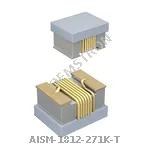 |
AISM-1812-271K-T | FIXED IND 270UH 92MA 15 OHM SMD | 325 More on Order |
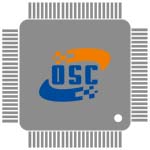 |
AMPMDDA-3.6864T3 | MEMS OSC XO 3.6864MHZ CMOS SMD | 457 More on Order |
 |
AMPMAGB-40.0000T3 | MEMS OSC XO 40.0000MHZ CMOS SMD | 497 More on Order |
 |
AMPMADC-36.0000T3 | MEMS OSC XO 36.0000MHZ CMOS SMD | 131 More on Order |
 |
AMPMADB-8.0000T3 | MEMS OSC XO 8.0000MHZ CMOS SMD | 492 More on Order |
 |
AMPMEEB-1.8432T | MEMS OSC XO 1.8432MHZ CMOS SMD | 452 More on Order |
 |
AMPMDFA-11.0592 | MEMS OSC XO 11.0592MHZ CMOS SMD | 234 More on Order |
 |
AMPMDED-2.4576 | MEMS OSC XO 2.4576MHZ CMOS SMD | 158 More on Order |
 |
AMPMGEA-2.4576 | MEMS OSC XO 2.4576MHZ CMOS SMD | 214 More on Order |
 |
AMPMAGA-6.7800 | MEMS OSC XO 6.7800MHZ CMOS SMD | 486 More on Order |
 |
AMPMAFC-33.33333 | MEMS OSC XO 33.3333MHZ CMOS SMD | 243 More on Order |
 |
ASGTX-P-125.000MHZ-2-T2 | XTAL OSC VCTCXO 125.0000MHZ LVPE | 420 More on Order |
 |
ASGTX-D-125.000MHZ-1-T | XTAL OSC VCTCXO 125.0000MHZ LVDS | 469 More on Order |
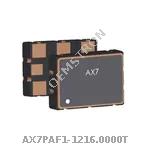 |
AX7PAF1-1216.0000T | XTAL OSC XO 1.2160GHZ LVPECL SMD | 433 More on Order |
 |
AX5MAF1-1252.5000C | OSC XO 1.2525GHZ 3.3V CML | 478 More on Order |
 |
AX5DAF1-1300.0000T | OSC XO 1.3GHZ 3.3V LVDS | 346 More on Order |
 |
AX7PBF4-933.1200T | XTAL OSC XO 933.1200MHZ LVPECL | 271 More on Order |
 |
AX7MCF2-450.0000C | XTAL OSC XO 450.0000MHZ CML SMD | 124 More on Order |
 |
AX5DCF1-688.7300T | OSC XO 688.73MHZ 1.8V LVDS | 191 More on Order |
 |
ASTMKJ-32.768KHZ-LQ-D26-T3 | MEMS OSC XO 32.7680KHZ NANODRIVE | 348 More on Order |
 |
ABM13W-48.0000MHZ-6-D2Z-T5 | CRYSTAL 48MHZ 6PF SMD | 261 More on Order |
 |
ABM13W-48.0000MHZ-6-B1U-T5 | CRYSTAL 48MHZ 6PF SMD | 323 More on Order |
 |
ABM8W-31.2500MHZ-8-J2Z-T3 | CRYSTAL 31.2500MHZ 8PF SMD | 434 More on Order |
 |
ABM8W-30.0000MHZ-7-K1Z-T3 | CRYSTAL 30.0000MHZ 7PF SMD | 209 More on Order |

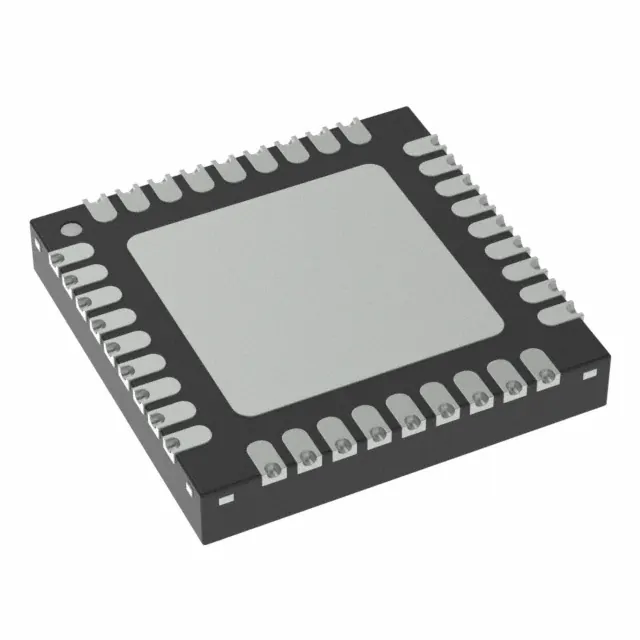 Semiconductors
Semiconductors









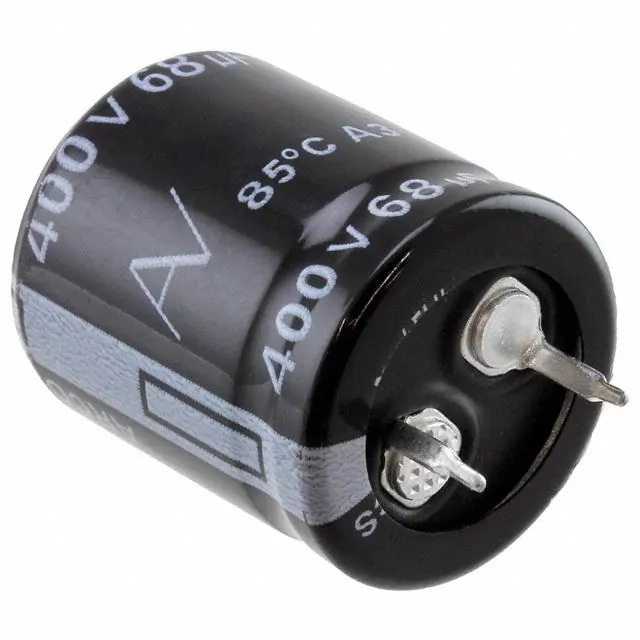 Passive Components
Passive Components









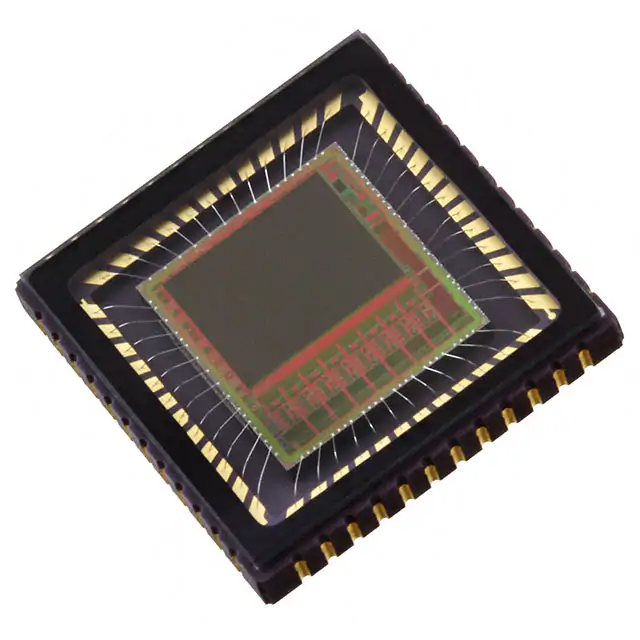 Sensors
Sensors








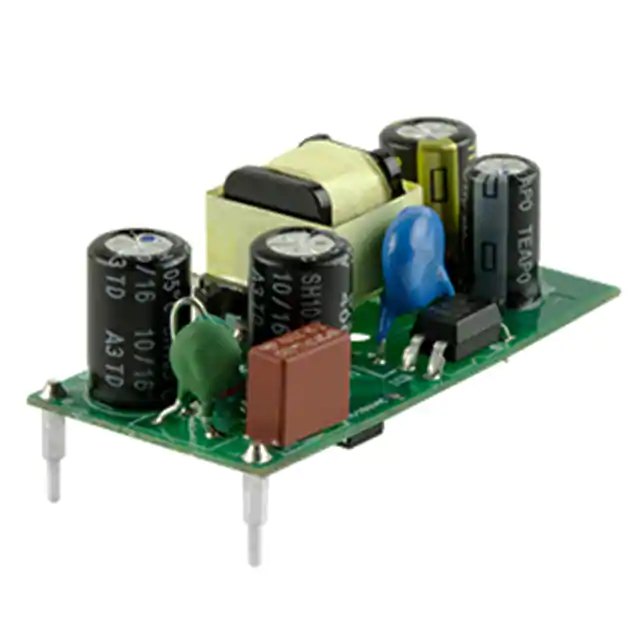 Power
Power









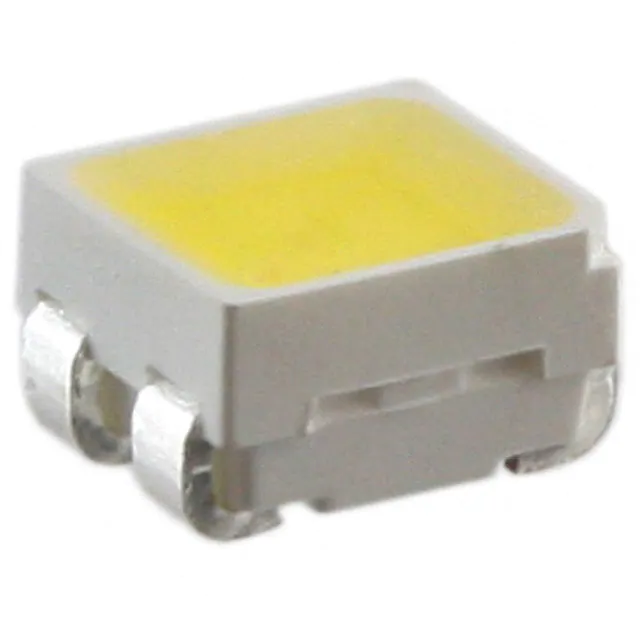 Optoelectronics
Optoelectronics








